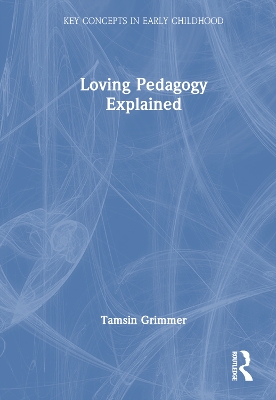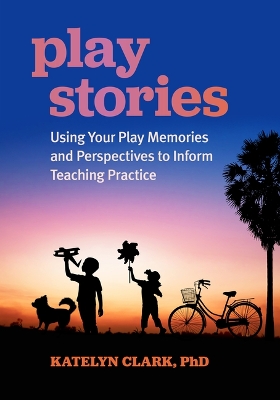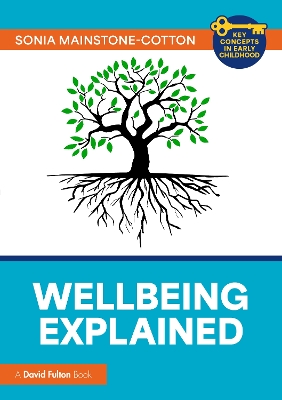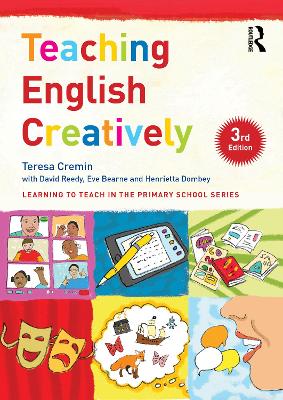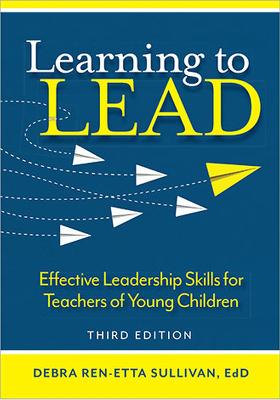Loving Pedagogy Explained
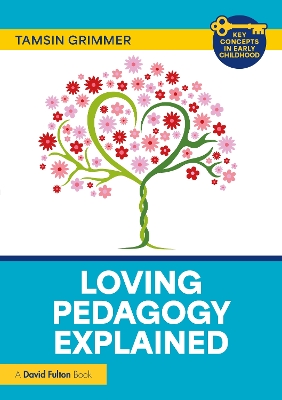 portes grátis
portes grátis
Loving Pedagogy Explained
Grimmer, Tamsin
Taylor & Francis Ltd
12/2024
172
Mole
9781032836638
Pré-lançamento - envio 15 a 20 dias após a sua edição
Descrição não disponível.
Acknowledgements
Note from the series editor
Introduction
Part 1 - Explaining terms
Acknowledging feelings and emotions
Acceptance
Advocacy
Agency
Attachment
Attunement
Belonging and welcoming
Behaviour
Caring
Communication (including non-verbal)
Compassion and sympathy
Consent
Co-construction
Co-regulation
Duty of Care or in 'Loco Parentis'
Emotion coaching
Empathy
Empowerment
Familiarity
Forgiveness
Generosity
Gentleness
Hold in mind
Inclusive
Independence
Joy
Kindness
Listening
Love languages (words of affirmation, quality time, gifts, touch and acts of service)
Nurture
Patience
Professional love
Relationship and friendship
Respect
Responsive
Safe and secure
Safeguarding
Self-compassion
Self-esteem and self-worth
Self-regulation
Touch
Unconditional love
Voice of the child
Warmth
Wellbeing
Further reading and resources
Part 2 - Further unpicking this ethos
The rights of the child in relation to a loving pedagogy
The importance of knowing what we believe - our professional identity
How to write a loving pedagogy policy
Reflecting upon our loving pedagogy
What adopting a loving pedagogy means in terms of relationships
How a loving pedagogy links to supporting behaviour
The implications of adopting a loving pedagogy for our safeguarding practices
What adopting a loving pedagogy means in terms of creating an enabling environment
How we can nurture our children through developing a loving pedagogy
How we can engage parents and work in partnership with them in relation to a loving pedagogy
Staff training and development
Conclusion
References
Note from the series editor
Introduction
Part 1 - Explaining terms
Acknowledging feelings and emotions
Acceptance
Advocacy
Agency
Attachment
Attunement
Belonging and welcoming
Behaviour
Caring
Communication (including non-verbal)
Compassion and sympathy
Consent
Co-construction
Co-regulation
Duty of Care or in 'Loco Parentis'
Emotion coaching
Empathy
Empowerment
Familiarity
Forgiveness
Generosity
Gentleness
Hold in mind
Inclusive
Independence
Joy
Kindness
Listening
Love languages (words of affirmation, quality time, gifts, touch and acts of service)
Nurture
Patience
Professional love
Relationship and friendship
Respect
Responsive
Safe and secure
Safeguarding
Self-compassion
Self-esteem and self-worth
Self-regulation
Touch
Unconditional love
Voice of the child
Warmth
Wellbeing
Further reading and resources
Part 2 - Further unpicking this ethos
The rights of the child in relation to a loving pedagogy
The importance of knowing what we believe - our professional identity
How to write a loving pedagogy policy
Reflecting upon our loving pedagogy
What adopting a loving pedagogy means in terms of relationships
How a loving pedagogy links to supporting behaviour
The implications of adopting a loving pedagogy for our safeguarding practices
What adopting a loving pedagogy means in terms of creating an enabling environment
How we can nurture our children through developing a loving pedagogy
How we can engage parents and work in partnership with them in relation to a loving pedagogy
Staff training and development
Conclusion
References
Este título pertence ao(s) assunto(s) indicados(s). Para ver outros títulos clique no assunto desejado.
Loving Pedagogy;Early childhood education;EYFS;Tamsin Grimmer;Loving relationships;Childhood studies;Early education;Early years
Acknowledgements
Note from the series editor
Introduction
Part 1 - Explaining terms
Acknowledging feelings and emotions
Acceptance
Advocacy
Agency
Attachment
Attunement
Belonging and welcoming
Behaviour
Caring
Communication (including non-verbal)
Compassion and sympathy
Consent
Co-construction
Co-regulation
Duty of Care or in 'Loco Parentis'
Emotion coaching
Empathy
Empowerment
Familiarity
Forgiveness
Generosity
Gentleness
Hold in mind
Inclusive
Independence
Joy
Kindness
Listening
Love languages (words of affirmation, quality time, gifts, touch and acts of service)
Nurture
Patience
Professional love
Relationship and friendship
Respect
Responsive
Safe and secure
Safeguarding
Self-compassion
Self-esteem and self-worth
Self-regulation
Touch
Unconditional love
Voice of the child
Warmth
Wellbeing
Further reading and resources
Part 2 - Further unpicking this ethos
The rights of the child in relation to a loving pedagogy
The importance of knowing what we believe - our professional identity
How to write a loving pedagogy policy
Reflecting upon our loving pedagogy
What adopting a loving pedagogy means in terms of relationships
How a loving pedagogy links to supporting behaviour
The implications of adopting a loving pedagogy for our safeguarding practices
What adopting a loving pedagogy means in terms of creating an enabling environment
How we can nurture our children through developing a loving pedagogy
How we can engage parents and work in partnership with them in relation to a loving pedagogy
Staff training and development
Conclusion
References
Note from the series editor
Introduction
Part 1 - Explaining terms
Acknowledging feelings and emotions
Acceptance
Advocacy
Agency
Attachment
Attunement
Belonging and welcoming
Behaviour
Caring
Communication (including non-verbal)
Compassion and sympathy
Consent
Co-construction
Co-regulation
Duty of Care or in 'Loco Parentis'
Emotion coaching
Empathy
Empowerment
Familiarity
Forgiveness
Generosity
Gentleness
Hold in mind
Inclusive
Independence
Joy
Kindness
Listening
Love languages (words of affirmation, quality time, gifts, touch and acts of service)
Nurture
Patience
Professional love
Relationship and friendship
Respect
Responsive
Safe and secure
Safeguarding
Self-compassion
Self-esteem and self-worth
Self-regulation
Touch
Unconditional love
Voice of the child
Warmth
Wellbeing
Further reading and resources
Part 2 - Further unpicking this ethos
The rights of the child in relation to a loving pedagogy
The importance of knowing what we believe - our professional identity
How to write a loving pedagogy policy
Reflecting upon our loving pedagogy
What adopting a loving pedagogy means in terms of relationships
How a loving pedagogy links to supporting behaviour
The implications of adopting a loving pedagogy for our safeguarding practices
What adopting a loving pedagogy means in terms of creating an enabling environment
How we can nurture our children through developing a loving pedagogy
How we can engage parents and work in partnership with them in relation to a loving pedagogy
Staff training and development
Conclusion
References
Este título pertence ao(s) assunto(s) indicados(s). Para ver outros títulos clique no assunto desejado.

